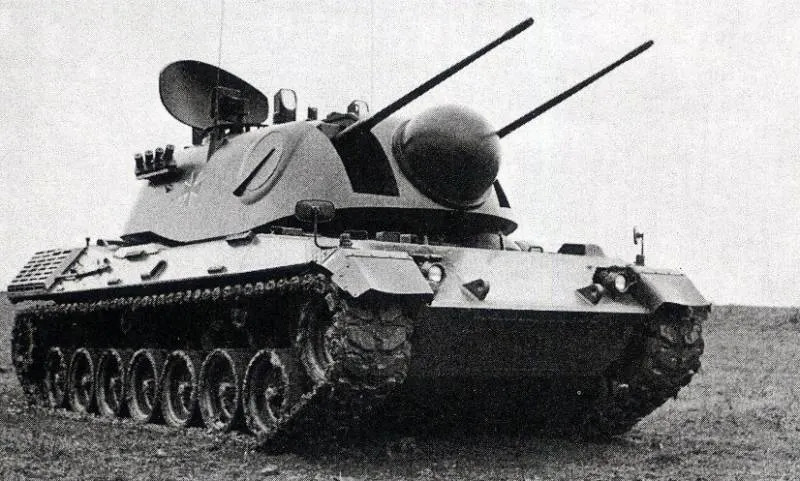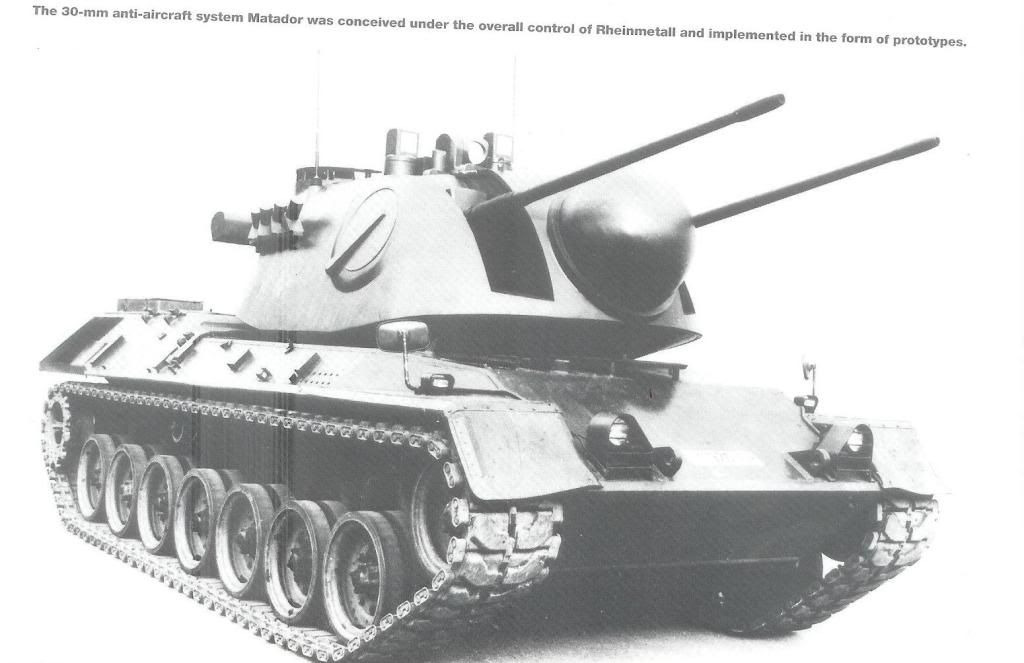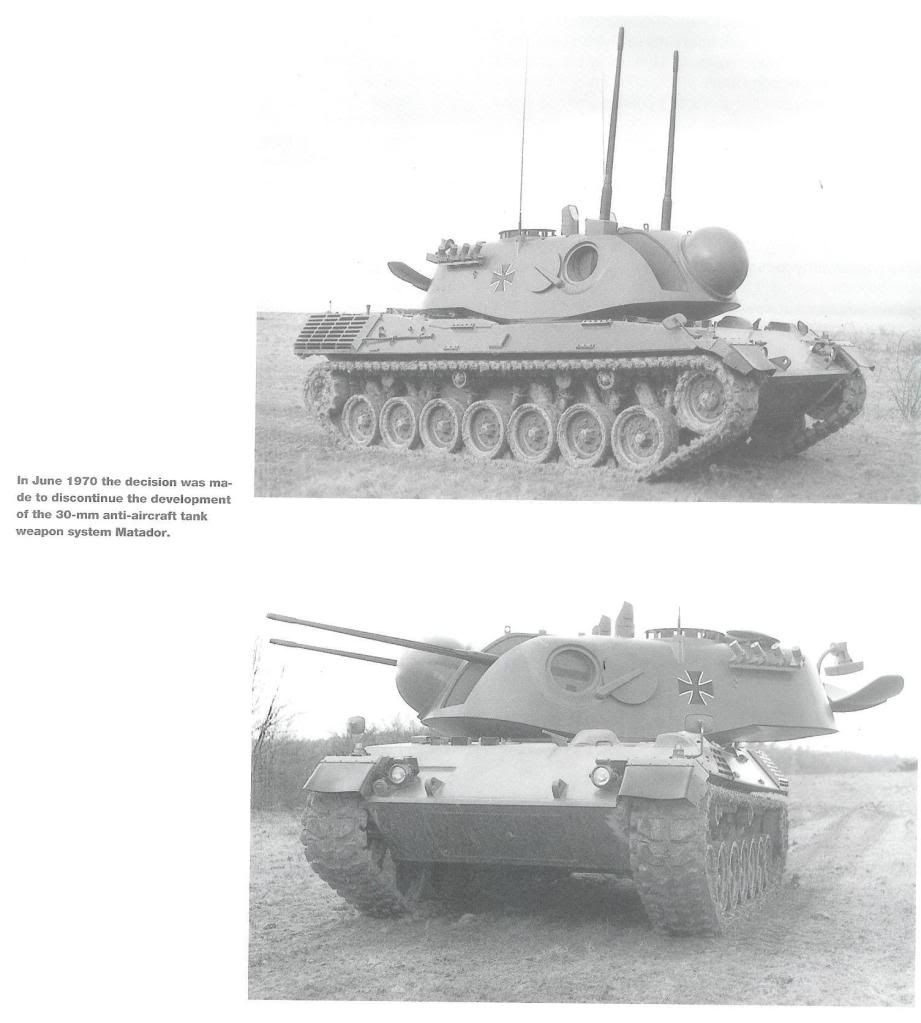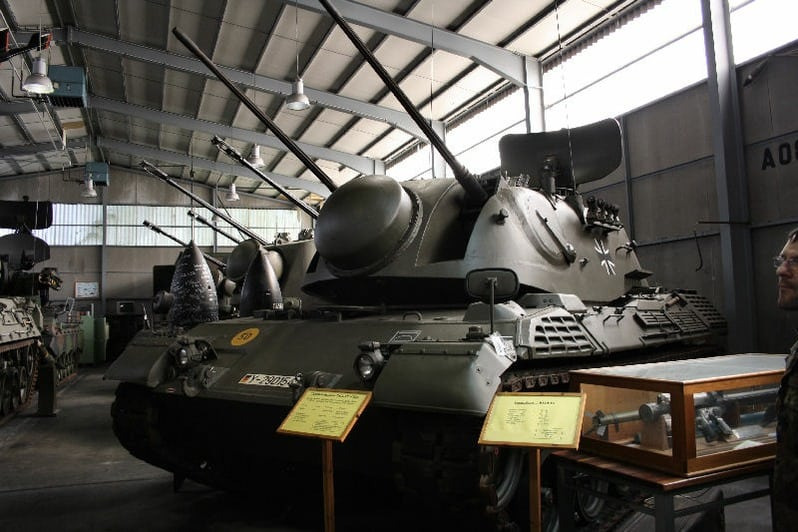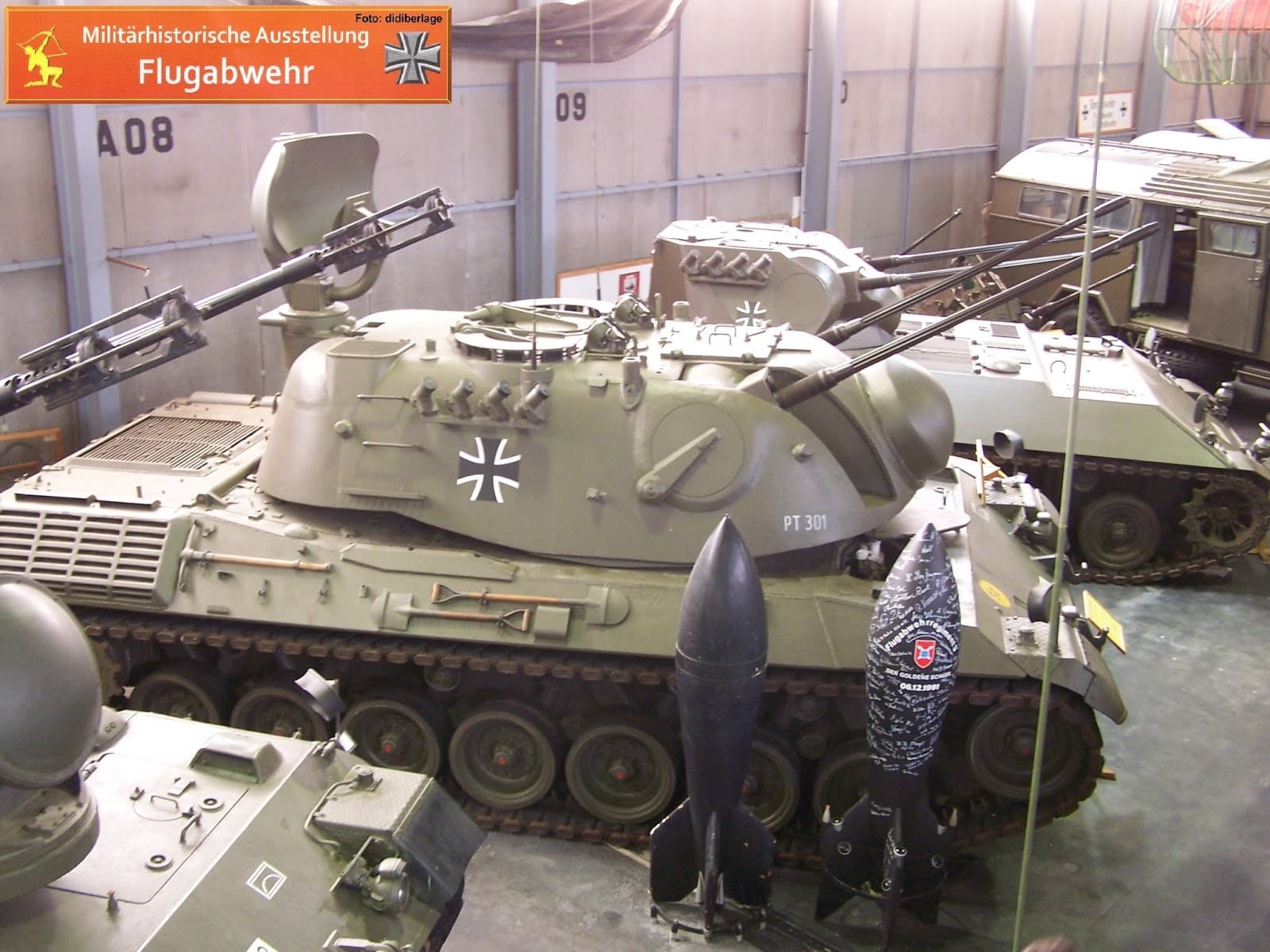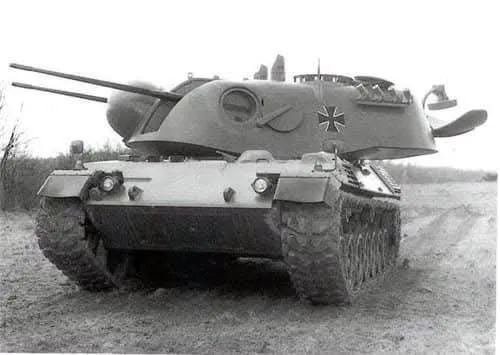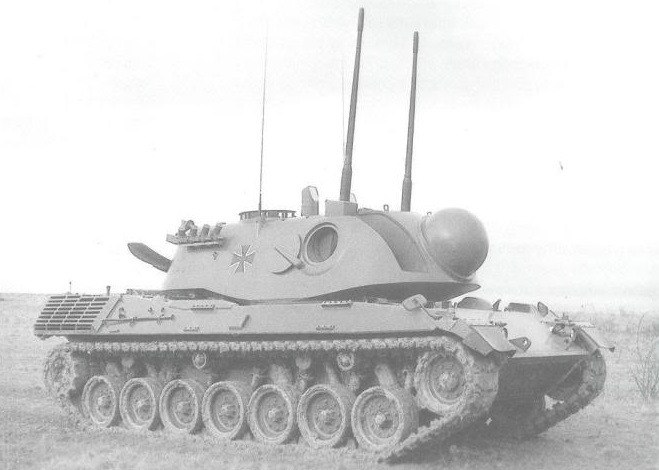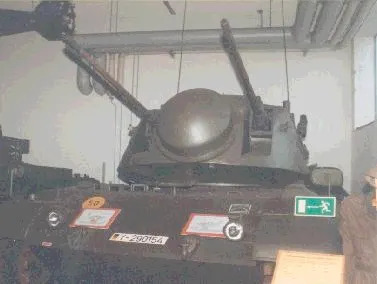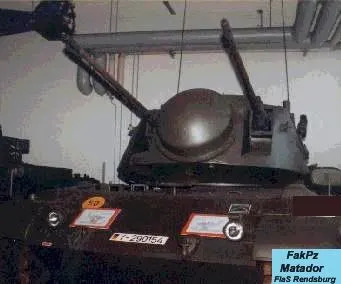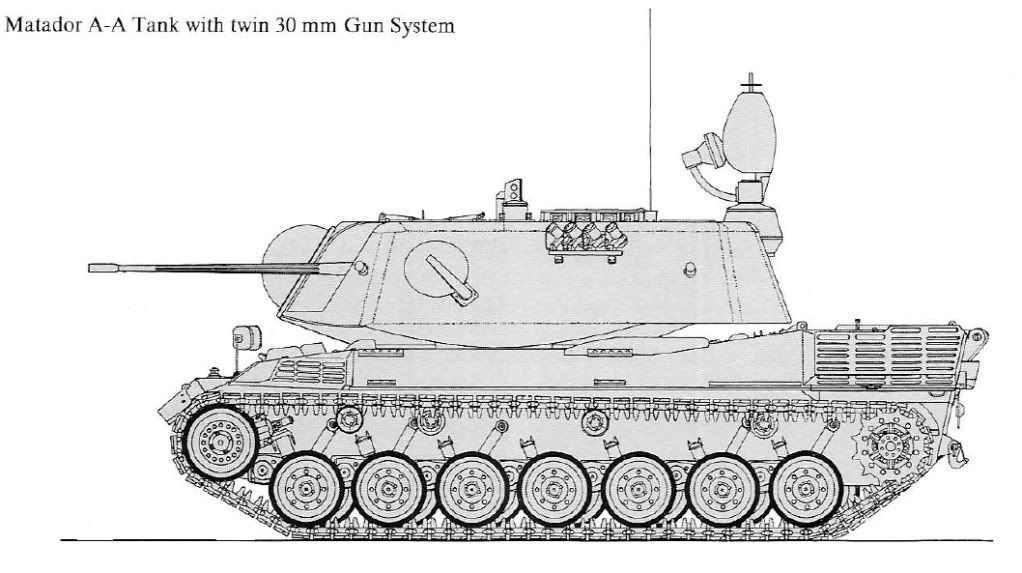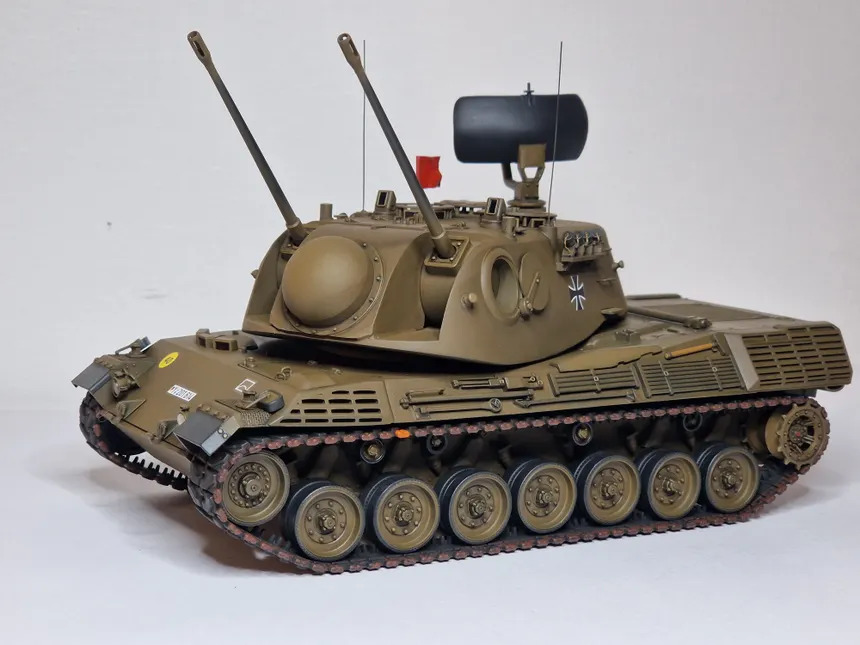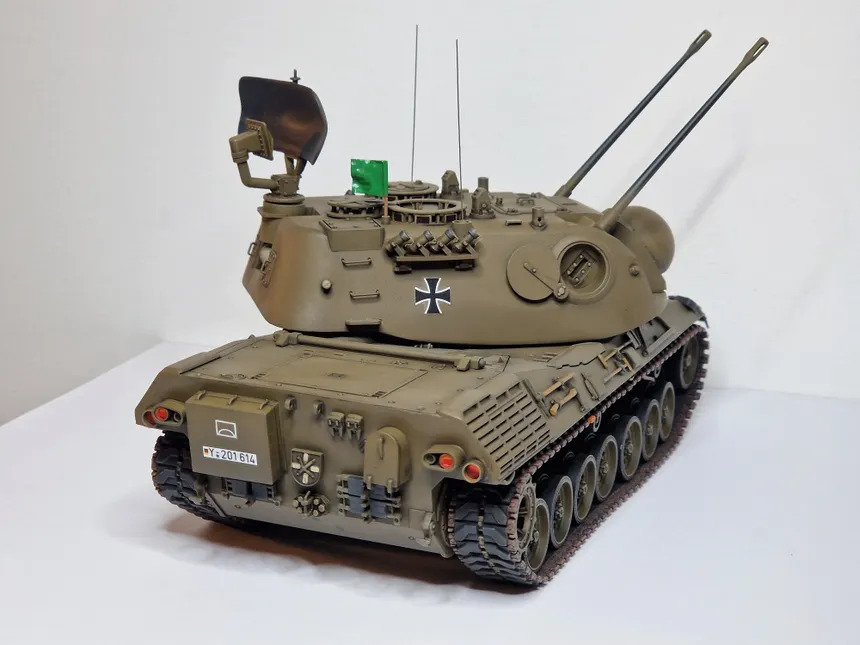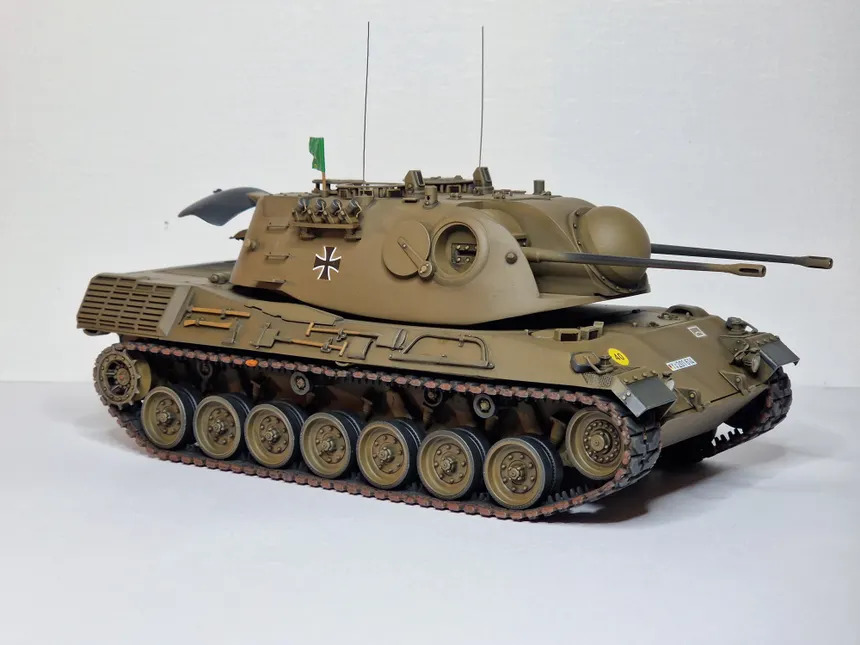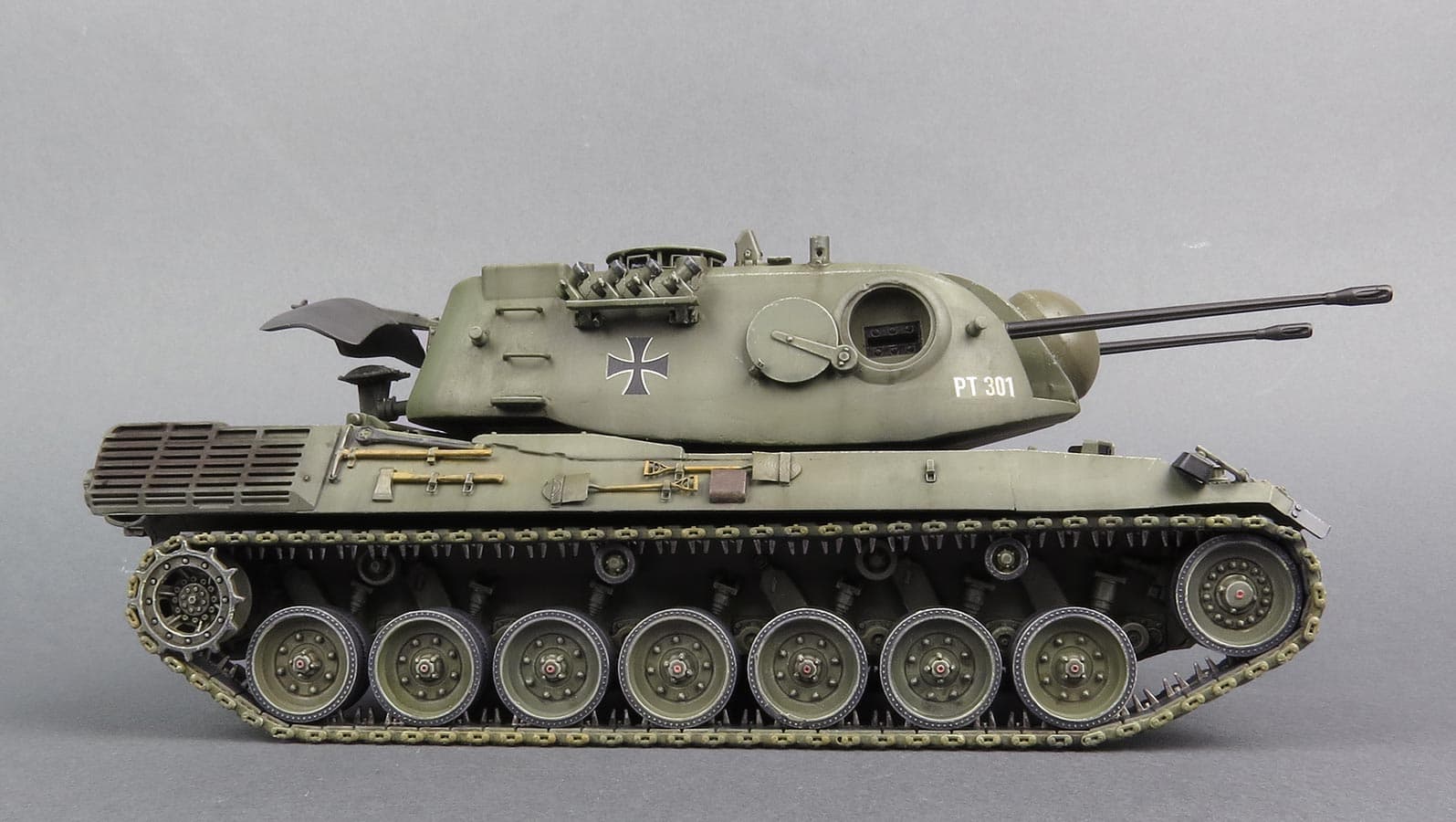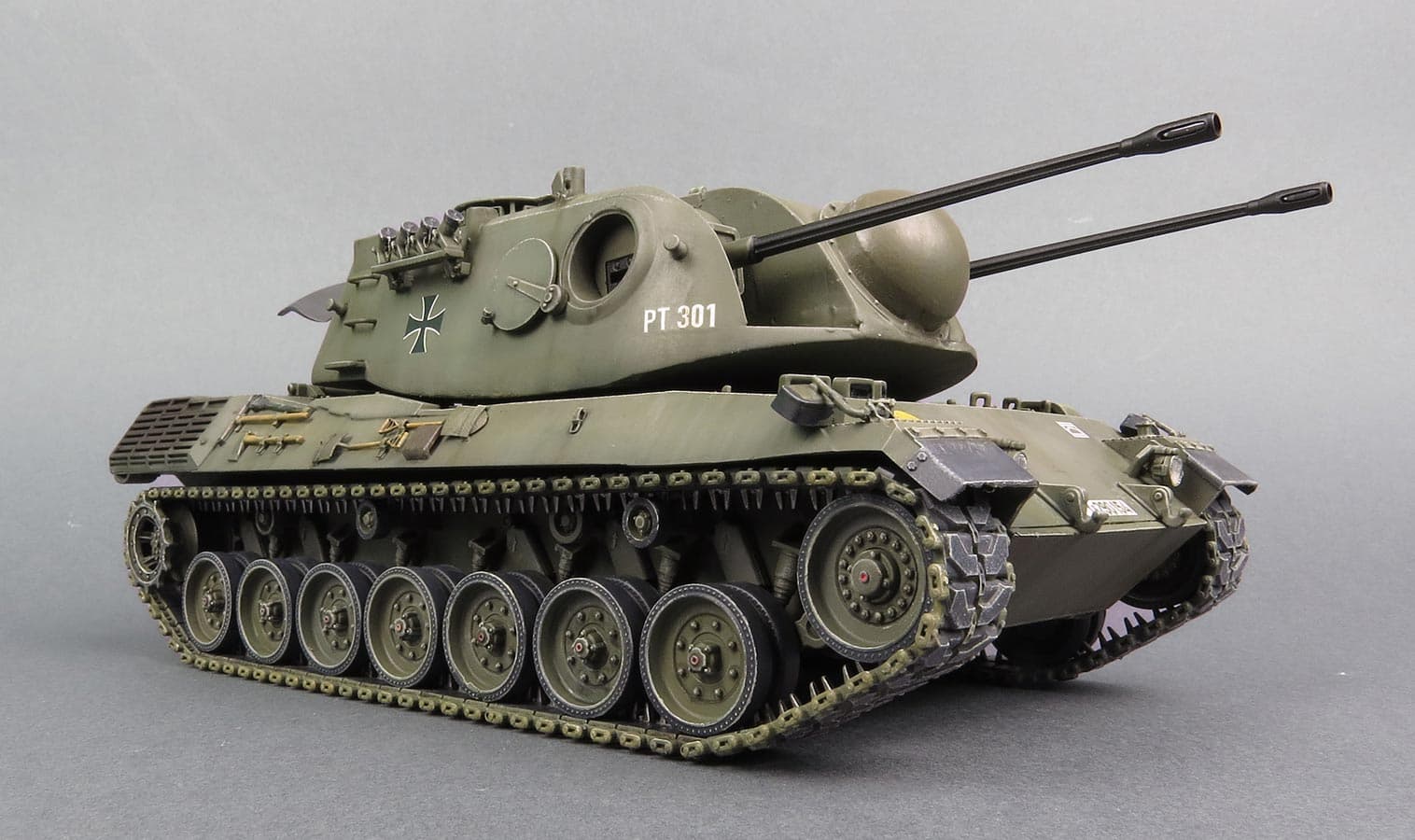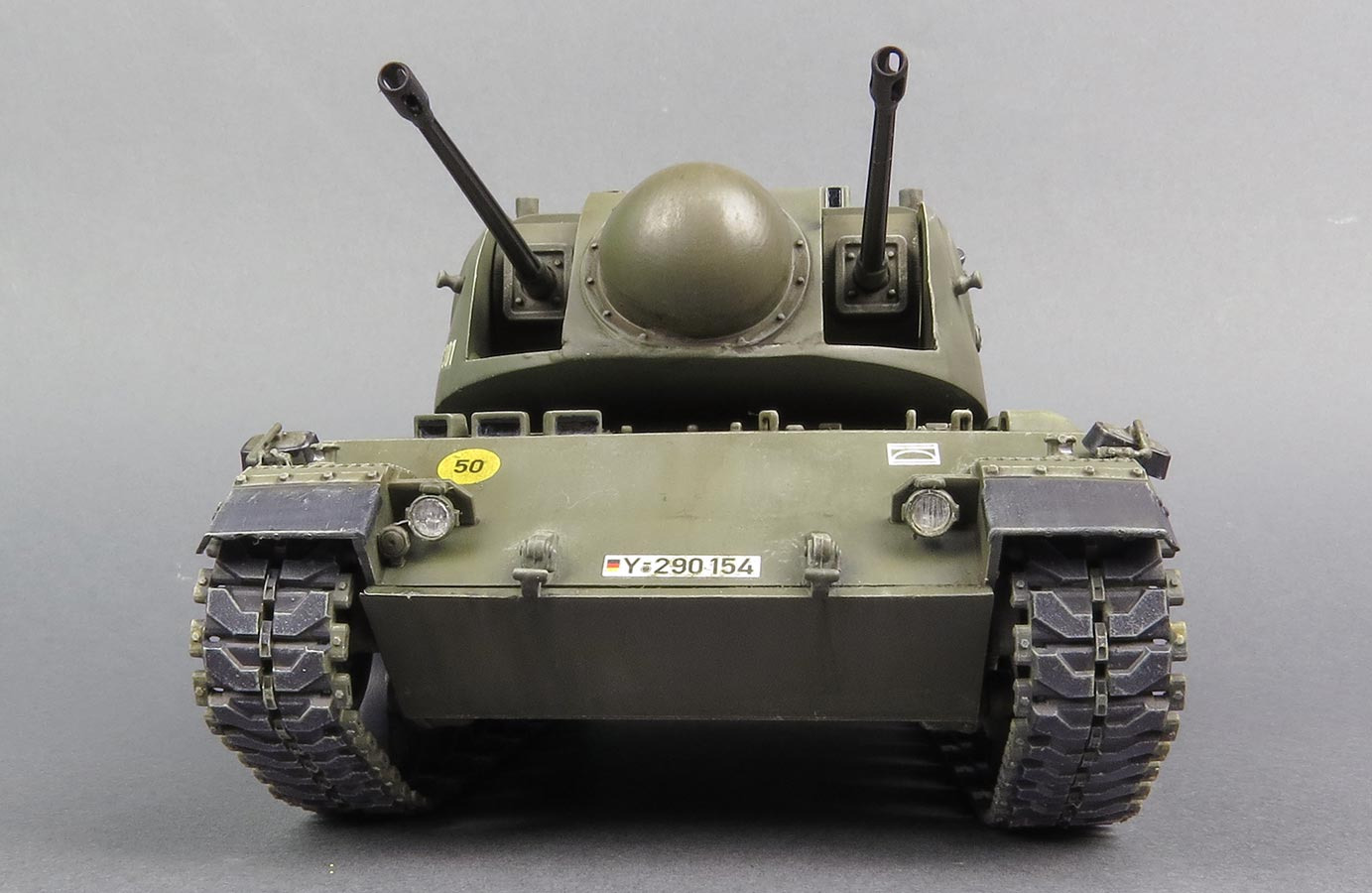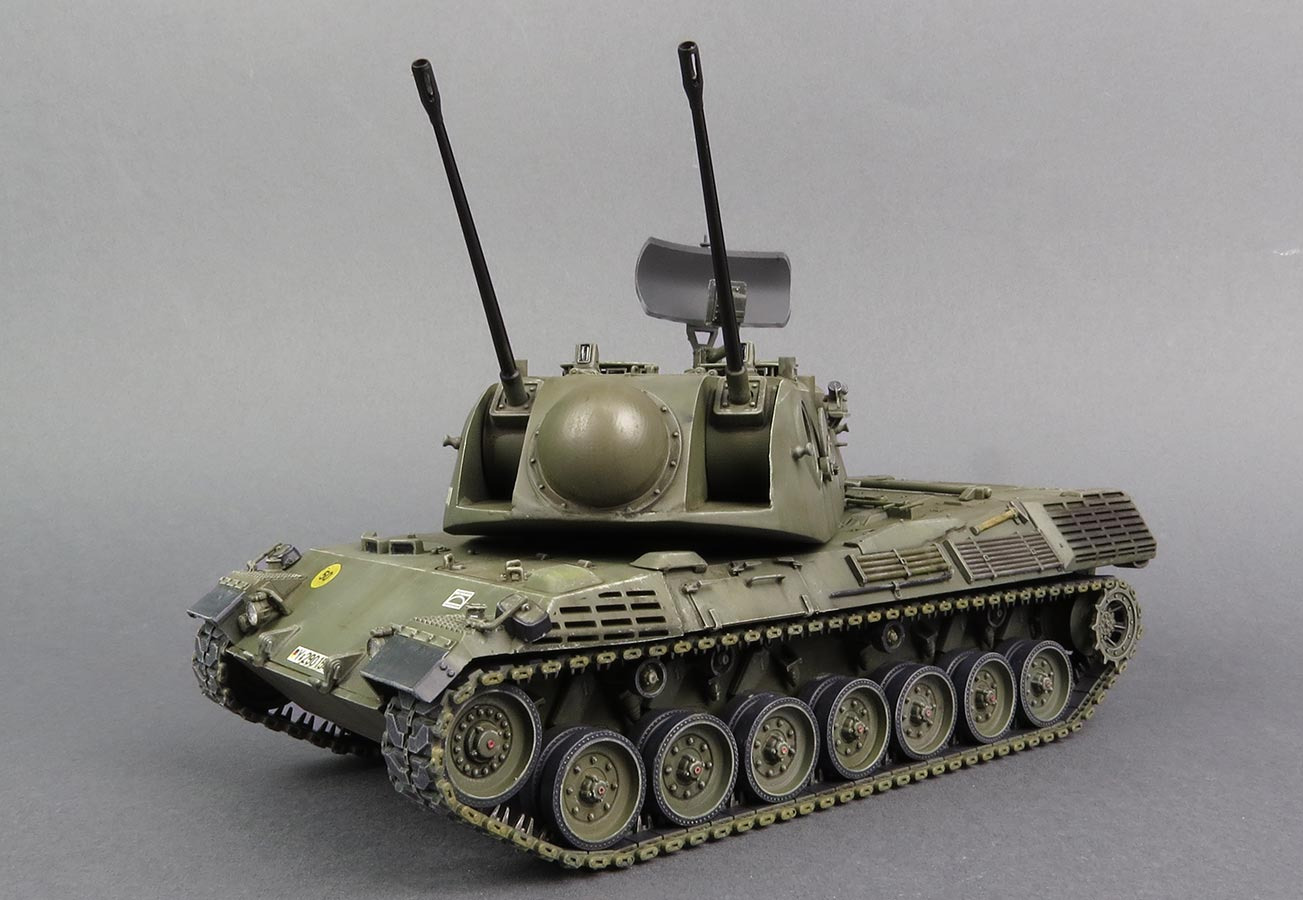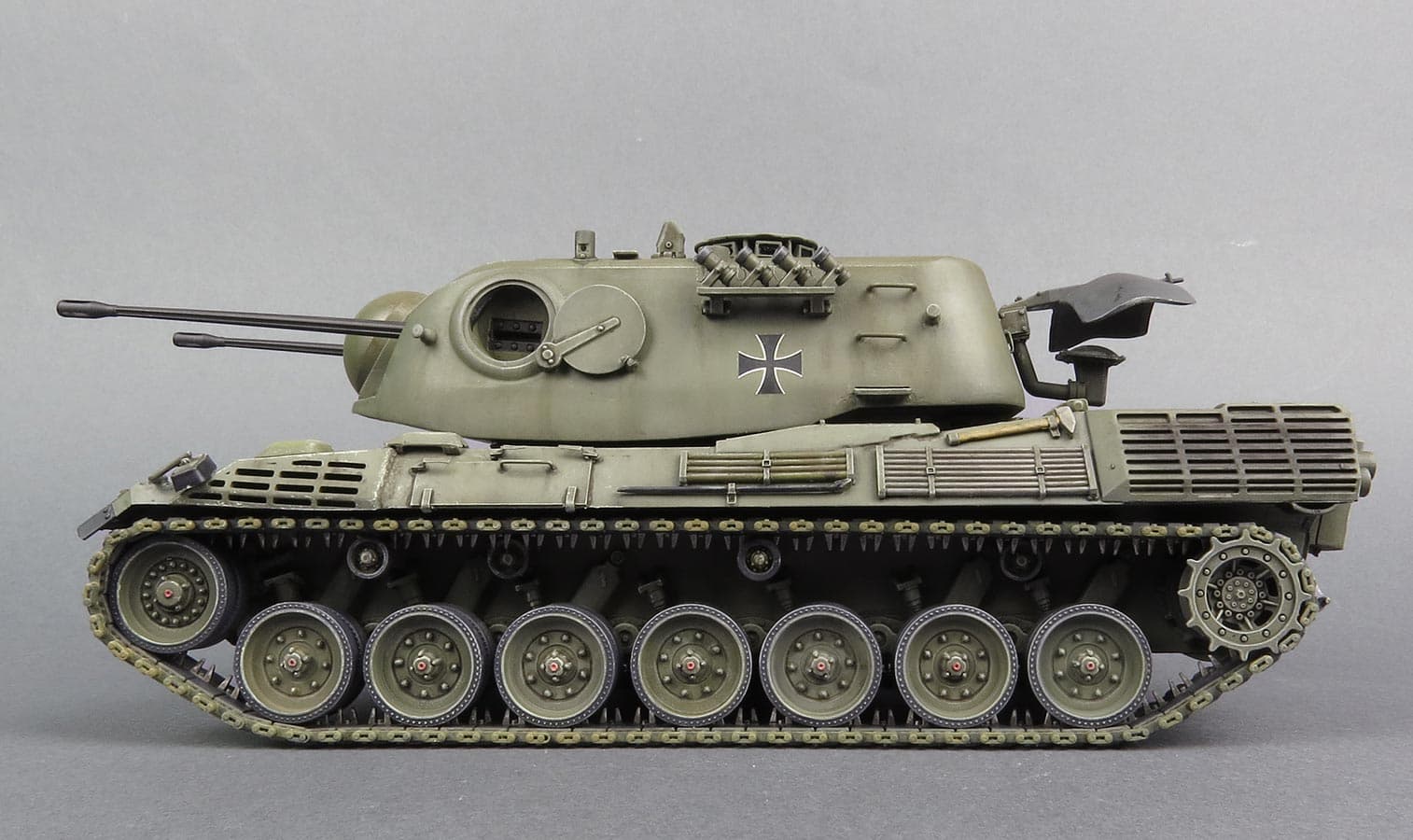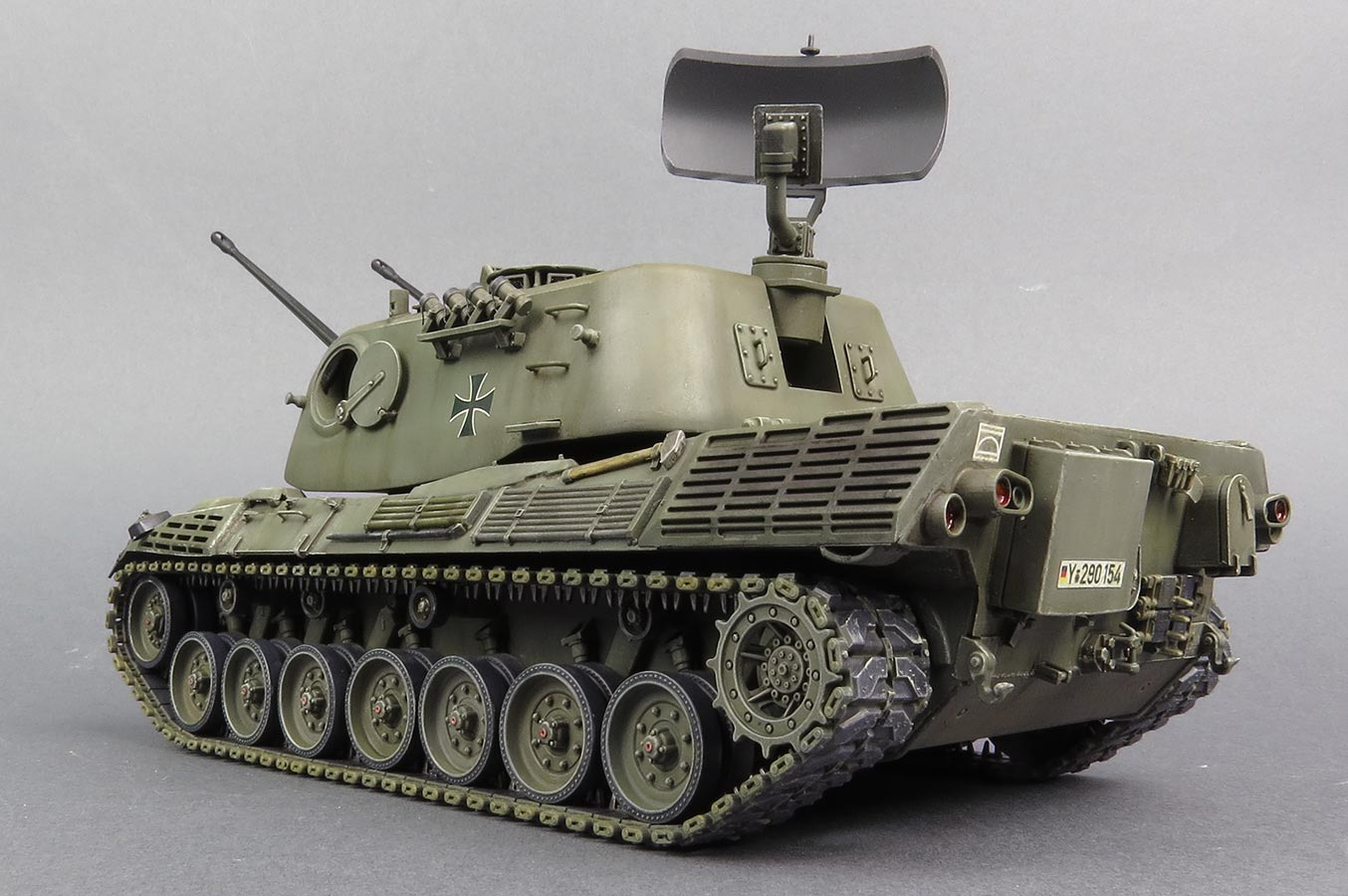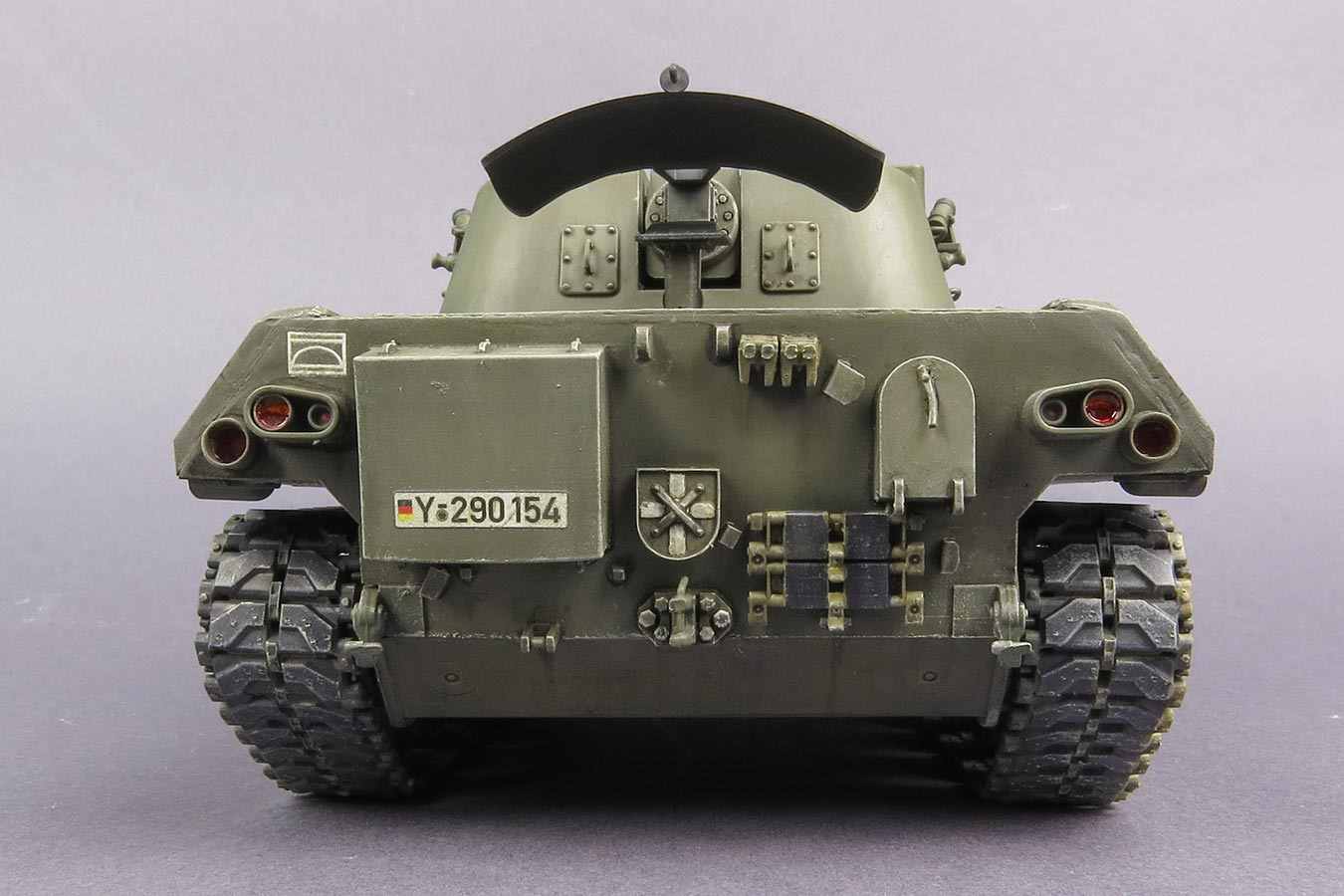Flakpanzer Matador: The Forgotten Competitor…
(Polls are at the Bottom)
Overview
Friendlies!
Today I want to suggest a obscure SPAAG, designed in the 1960’s as a Air Defense System for the Bundeswehr of West Germany! Armed with 30mm autocannons and a powerful radar, it seemed to have a promising future, however it would be overshadowed by its competitor, the legendary Gepard!
Basic Information
Designation: Flakpanzer Matador 30 ZLA
Role: Self-Propelled Anti-Air System
Crew: 3
-
Driver
-
Commander
-
Gunner
Designer: Rheinmetall, AEG-Telefunken, Siemens, Porsche Kraus-Maffei
Manufacturer: Rheinmetall, AEG-Telefunken, Siemens, Porsche, Kraus-Maffei
Specifications
Dimensions:
-
Length: 7.68 m (25 ft 2 in)*
-
Width: 3.71 m (12 ft 2 in)*
-
Height: 3.29 m (10 ft 10 in) (Radar Retracted)*
( * ) - Some information based off of Gepard Specifications due to scarcity of information
Driving Performance:
-
Engine: MTU MB 838 CaM 500*
- 820 hp (610 kW)
-
Maximum Speed: 65 km/h (40 mph)*
-
Maximum Range: 600 km (370 mi)*
-
Gross Weight: 47.5 tons (95,000 Ibs)*
( * ) - Some information based off of Gepard Specifications due to scarcity of information
Armament:
-
Main Armament: 2x 30mm Hispano-Suiza HS-831 Autocannons
-
Fire Rate: 600 rds/min
-
Elevation: -10°/+85°
-
Ammunition: 1000 Rounds




-
Additional Equipment:
-
Smoke Grenades: 8x 76mm Smoke Grenades
-
Search Radar: MPDR 12
-
S-band
-
Max Range: 15 km (9.3 mi)
-
-
Tracking Radar: “Marder” Radar
Usage In Battles
The Matador would be a great addition to the game, it being a much-lesser known part of military history as well as being a competitive and capable vehicle, equipped with an armament already proven in the game, it’ll be a nice counter to the Gepard, seeing a faster fire rate at the cost of a smaller caliber.
Pros:
-
Good Fire rate
-
Great Mobility
-
Advanced Radar and FCS
Cons:
-
Light Armor
-
Large silhouette
History
As early as January 1955, the West German Bundeswehr recognized the need for a highly mobile anti-aircraft system to defend its skies to replace its aging fleet of American M42 Dusters. Seeing several prototypes and concepts fail, in 1965 the Bundeswehr would open a new contract with a new set of requirements, learnt from the lessons of the previous attempts: The new vehicle would be built on the chassis of the Leopard 1 MBT, equipped with cannons of 30mm or greater alongside 1000 rounds, with an elevation of -10°/+85°, using advanced radar and electronics, and not exceeding 42 tons.
2 consortiums would form in an attempt to produce a prototype vehicle to meet these specifications. The first, headed my Rheinmetall, alongside AEG-Telefunken, Siemens, Porsche, and Kraus-Maffei, would work together to produce the Matador. The other, headed by Oerlikon, alongside Contraves, Siemens-Albis, Hollandse Signaalapparaten, and Kraus-Maffei/Porsche, would produce the “5PFZ-A”, which would later become the Gepard.
The Matador would see its construction begin in June 1966, the work split between the companies, with Rheinmetall producing the weapon system and turret, AEG-Telefunken developing the tracking-radar and targeting computers, Siemens the search-radar, and lastly Porche and Kraus-Maffei providing the Leopard 1 hulls and engine development. The Matador initially was to operate alongside several other vehicles in a dedicated air-defense network, however they would decide to consolidate all functions into the one vehicle started in July of 1967, dubbing the vehicle the “Mobiles Allwetter Tiefflieger Abwehrsystem mit Doppler-Radar und 30-mm-Zwillingskanone auf Leopard – Autonom”, or more simply, the Matador 30 ZLA.
3 Leopard 1 hulls would be acquired in 1968, however delays would lead to the hulls being delivered as late as 1969. With the new hulls, 2 would be equipped with gunnery simulators, and only 1 hull would be fixed with a functional turret, seeing extensive testing of its radar and weapons. Seeing initial success, 4 more prototypes would be ordered, however never completed.
Despite the Matador proving itself on the testing grounds, due to budget restrictions, previous and more expected development delays, as although the Matador’s fire control system was much more advanced and capable than Oerlikon’s proposal, it was expected to not be delivered till 1972. As a result, it was decided to cancel the program in June 1970 and redirect its funds into Oerlikon’s tank, the 35mm Flugabwehrkanonenpanzer, as it showed more promise and faster delivery, which would lead to the creation and adoption of the Flakpanzer Gepard.
The Matador would be stored and later put on display in teaching collection of the the Army Anti-Aircraft School in Rendsburg, however with its closing, it would be transferred to the collection of the Bundeswehr Museum of Military History at the Berlin-Gatow Airfield, where it remains in storage.
Sources
Baubericht - Flugabwehr Panzer Matador
https://www.whatifmodellers.com/index.php?PHPSESSID=vbs0hk8vqphsa606a8ec756ojj&topic=21812.30
MATADOR Bundeswehr Flakpanzer. - Scale Model Team
- Yes
- No
- Tech Tree
- Premium
- Event
- Battle Pass
- Squadron
- I Said No
- 8.0
- 8.3
- 8.7
- 9.0
- Other (Explain in Comments)
- Again… No.
